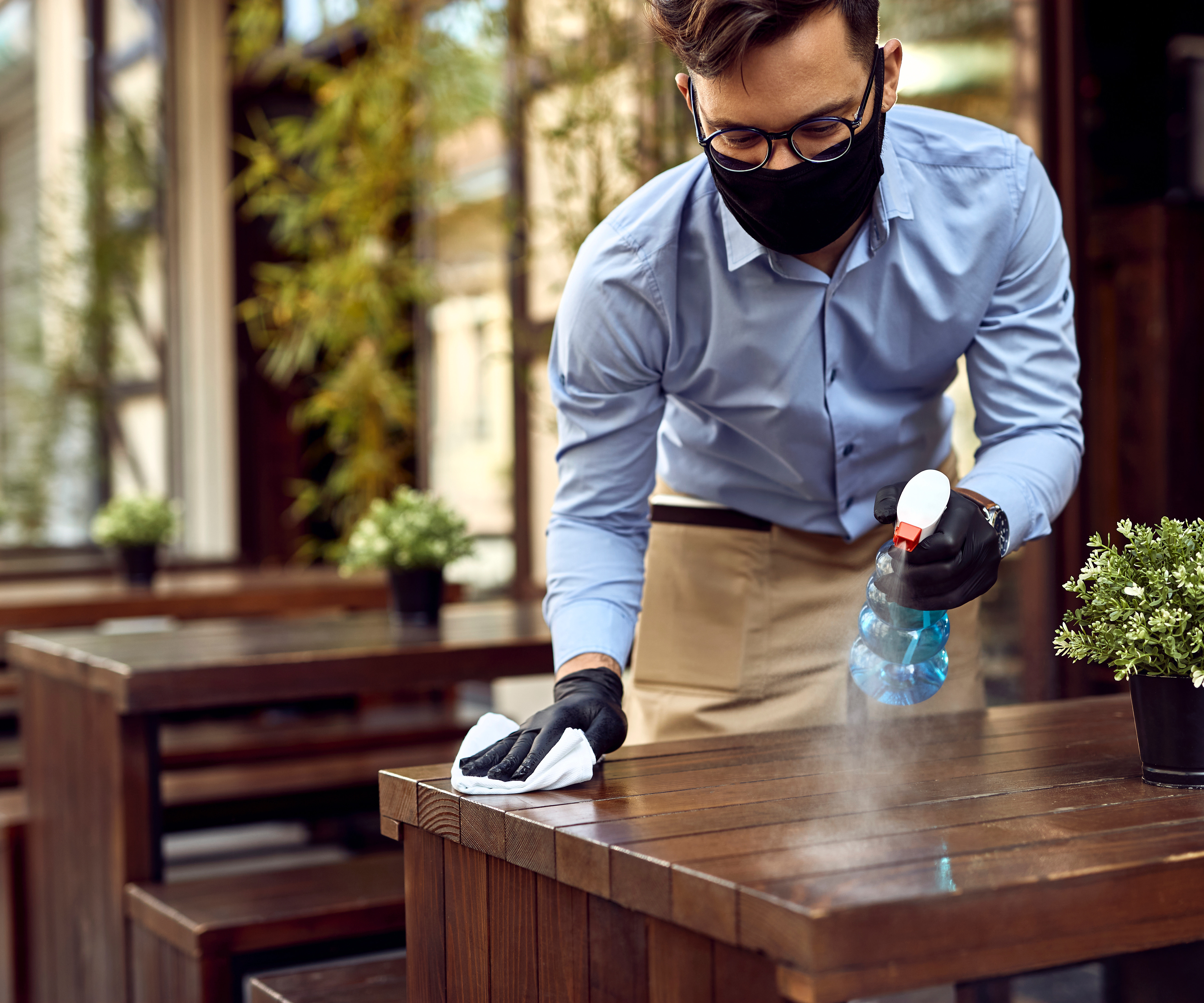
RESTART REQUIRES BREAKING THROUGH ANXIETY BARRIERS
Darrell Bricker | August 19, 2020
As governments, businesses and others work to get Canadians reengaged with society and the economy they are being slowed down by anxiety barriers. These impact our willingness to reengage in what were regular activities of life, such as returning to work, going to school, riding transit, boarding an airplane, or attending a sporting event or concert. What used to be easy and maybe even fun is now seen by many as potentially deadly.
To better understand why people are so anxious about returning, Ipsos recently conducted a survey in 27 countries (including Canada). The results were consistent around the world. They show we are unlikely to break through our anxiety barriers by dealing with supply issues alone. This also explains why many businesses and other facilities have reopened to a trickle of their previous activity. Previous customers are staying away.
On the demand side surveys also indicate most people want to return to their previous routines but anxiety about what they will encounter is keeping them away. For example, only about one in ten worldwide can see themselves returning to a movie theatre soon. For businesses and others who want to get the public out of their personal bubbles, dealing with this anxiety is their biggest challenge. Showing customers and clients how it will work if they decide to give it a try is critical: Details matter!
From the time someone arrives at a facility to the time they leave they want to know what will happen to them. They also want to know what happens at the facility before they get there. That’s because most of us believe it is possible that COVID-19 can be spread through surface contact. This is despite expert advice about how difficult it is to contract COVID-19 this way.
Apps and websites full of compelling visuals will be critical to getting us past our anxiety barriers. However, we also want to know how we can manage risk on our own when we are there, so it is not just about how a business or facility is controlling safety but also how they are making it possible for customers to control their own safety. These would include social distance markers on the floor, lots of hand sanitizer dispensers, masks and gloves, and any other PPEs being available to access and use.
Also keep in mind most of us believe we will do all the right things when it comes to controlling the spread of the virus. It’s everybody else we see as a risk. That’s why frequent reminders about safety procedures reassure rather than scare. Temperature checks, collecting contact tracing information and other visible forms of screening are good ideas. Also, refusing service to those who aren’t prepared to follow the rules is a good thing. It shows everyone wanting your business is committed to their own safety.
Masks are an important but misunderstood part of this mix. While public health experts have focused on whether masks are effective in protecting against the airborne spread of COVID-19, the public sees masks differently. For them, masks are a strong visual cue that safety is being taken seriously. If you require a mask at your facility or wear a mask yourself then people tend to believe there’s a good chance you are doing all the other things necessary to keep them safe.
Getting back to our normal routines will require an accumulation of visual reassurances and experiences to overcome anxiety barriers. Once we decide going to back to our favorite activity is safe, we are likely to return. When we have reestablished our routine for an activity we will consider moving on to an adjacent activity. So, after taking the bus for a couple of weeks safely, then one might then consider taking the train or short flight. In the absence of a COVID-19 vaccine or effective treatment, understanding how to cue this reengagement process with the right visual communications about safety procedures will help to get our society and economy restarted.
Darrell Bricker, Ph.D. Is CEO, Ipsos Public Affairs. He is also the author of the recently published Next: Where to Live, What to Buy, Who Will Lead Canada’s Future (Harper Collins, March 2020).
This article initially appeared in the Globe and Mail on August 6, 2020.


